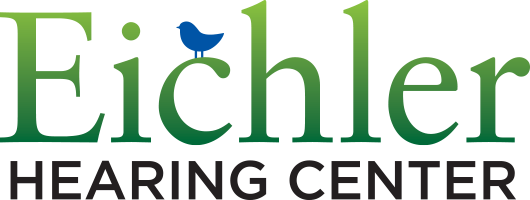Navigating the Cost of Hearing Aids
Video Interview is here: https://vimeo.com/898374066?share=copy
Hearing loss affects millions of lives, yet the decision to invest in hearing aids often revolves around their cost. The price range for hearing aids is vast, reflecting a spectrum of quality, technology, and suitability for individual needs. Understanding this spectrum can empower individuals to make informed choices that cater to their hearing requirements and budgets.
Hearing Aid Pricing: A Wide Range of Options
At the lower end of the spectrum, there are options available at minimal or no cost. Programs like those offered to veterans or vocational rehabilitation initiatives can provide free or heavily subsidized hearing aids. These programs often offer quality devices, making them an excellent starting point for those on a tight budget.
Moving up the price ladder, there are hearing aids available in the range of a couple of hundred dollars. These options, typically advertised in magazines or on TV infomercials, might seem enticingly affordable. However, they often provide a generic, one-size-fits-all amplification, lacking personalized settings for individual hearing loss.
In the mid-range of $1,000 to $2,000, basic programmable hearing aids come into play. These devices consider an individual's hearing test results but may not offer the advanced capabilities to distinguish voices from background noise effectively.
Factors Influencing Hearing Aid Prices
Several factors contribute to the cost disparity among hearing aids:
Technology: Higher-priced hearing aids often boast advanced technology to amplify sound and enhance voice clarity, particularly in noisy environments.
Connectivity: Some modern hearing aids can sync with smartphones or other devices, offering seamless integration and improved user experience.
Support and Services: Costlier options might include better post-purchase services, warranties, and ongoing support from professionals, making them a more comprehensive investment.
The Role of Professionals in the Decision-Making Process
Consulting a hearing care professional is crucial when navigating the range of hearing aid options. These professionals offer personalized advice, tailor devices to individual needs, and provide ongoing support, ensuring optimal functionality and satisfaction with the chosen device.
Upgrading Hearing Aids: Similar to Tech Devices
Much like smartphones, hearing aids go through technological advancements every 18 months to two years. Upgrading hearing aids is often driven by the desire for improved technology rather than device malfunction. Trade-in options exist, allowing users to get credit for their used devices when upgrading to newer models.
Longevity and Value for Money
With proper care, hearing aids can last for many years, making them a long-term investment. Proper maintenance, regular cleaning to avoid wax buildup, and professional check-ups can significantly extend their lifespan.
So to wrap it up…
The pricing spectrum of hearing aids encompasses various options, catering to diverse needs and budgets. The decision to purchase a hearing aid should not solely hinge on the upfront cost but also consider individual requirements, lifestyle, and the quality of life enhancement the device offers.
Ultimately, consulting a hearing care professional is essential for finding the right fit. They can guide individuals through the range of options, considering technology, support services, and long-term usage to ensure the chosen device aligns with personal needs and preferences.
Understanding the nuances of hearing aid pricing empowers individuals to make informed decisions, promoting better hearing health and an improved quality of life.
By addressing concerns around cost and emphasizing the value of professional guidance, the journey toward better hearing can become more accessible and rewarding.

